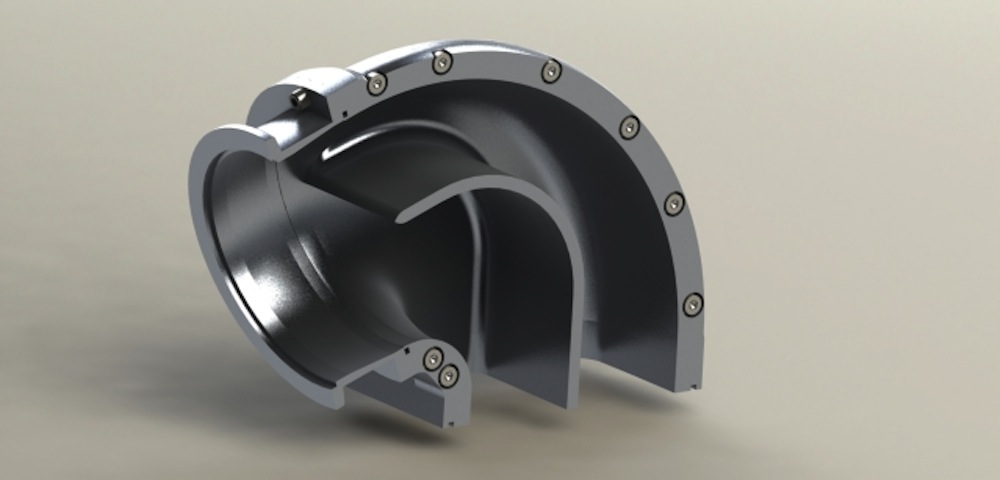Your above calculations look within the ballpark to me. With the cam your major/only concern is going to be inlet valve open time or number of degrees open. This will determine when the pressure wave generated from the piston begins to travel up the inlet, and the amount of time needed (length) for your compression wave to return at whatever harmonic you so choose before the inlet valve is closed.
On any properly designed or "tuned" inlet (NA or FI does not matter), you should clearly see the harmonics develop on the torque curve. Peak torque will hit at the 4th harmonic, with HP following at the 3rd (every engine will deviate slightly where these "peaks" develop). This is always evident with most stock engine manufacturers who know what they are doing (Honda, BMW, Mercedes...etc). This is why most any BMW/Honda intake has longer runners. When the general public installs the "short" runners, they usually wash out the harmonics since 5-8'' runners do not hit their 3rd and 4th resonance until 10-13k+ RPM and you see the dreaded flat torque curve. If you want to do it the way the professionals do it, tune for the 4th harmonic which will determine your peak torque (highest volumetric efficiency of engine) you can then extrapolate where your peak HP will fall.
In answer to your question about calculation length - include the distance from the inlet valve seat to the opening of the bellmouth (total centerline distance).
If you want I can look up my notes from the engine classes I took in college and what work I had done for a sr20ve inlet in my spare time. It has been a few years so I am rusty as well, but I have some killer inlet stuff since our instructor worked/works as an induction engineer for Honda Indy/F1. I could suggest runner lengths and talk theory all day with you, but he told us if he ever caught us disclosing formulas he would find us and kill us

. Hope some of this helps.
Walker Clark












 Be the first to like this post.
Be the first to like this post.
 . Hope some of this helps.
. Hope some of this helps.



 Back to top
Back to top
